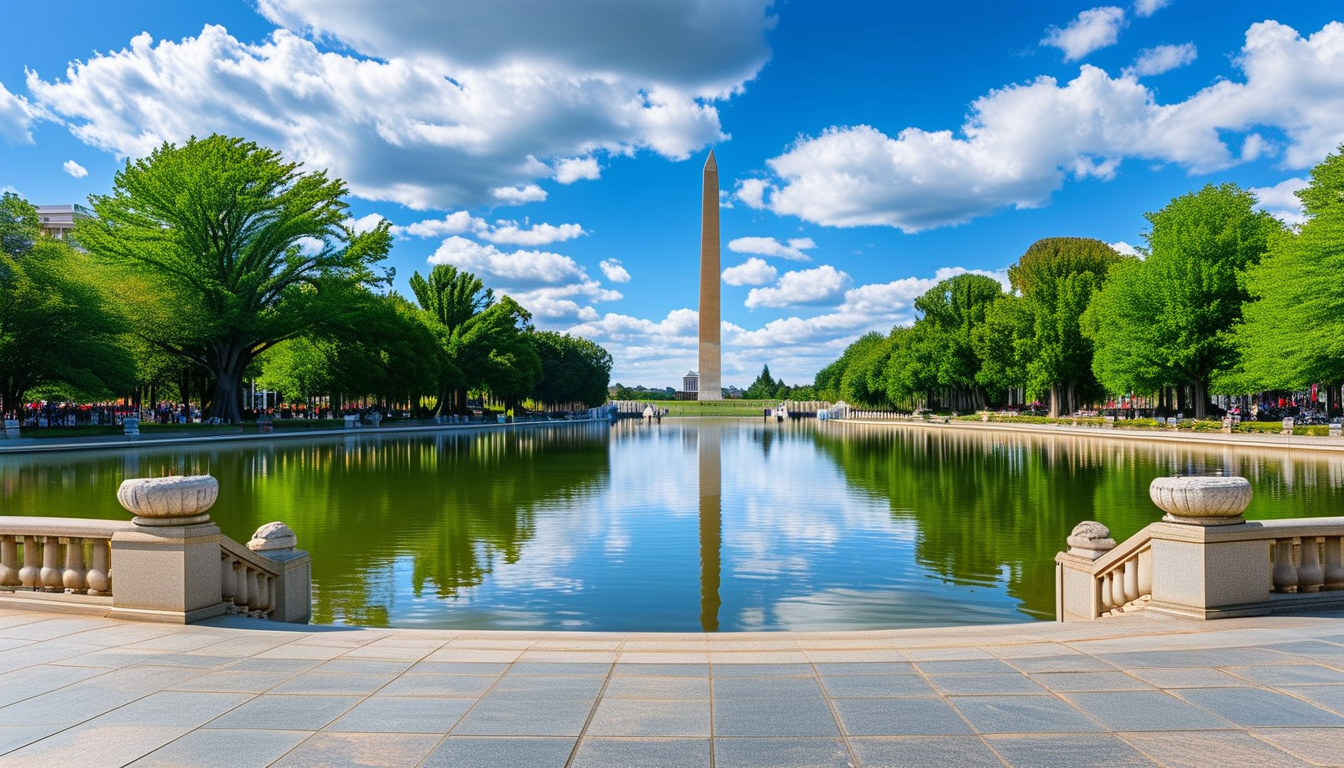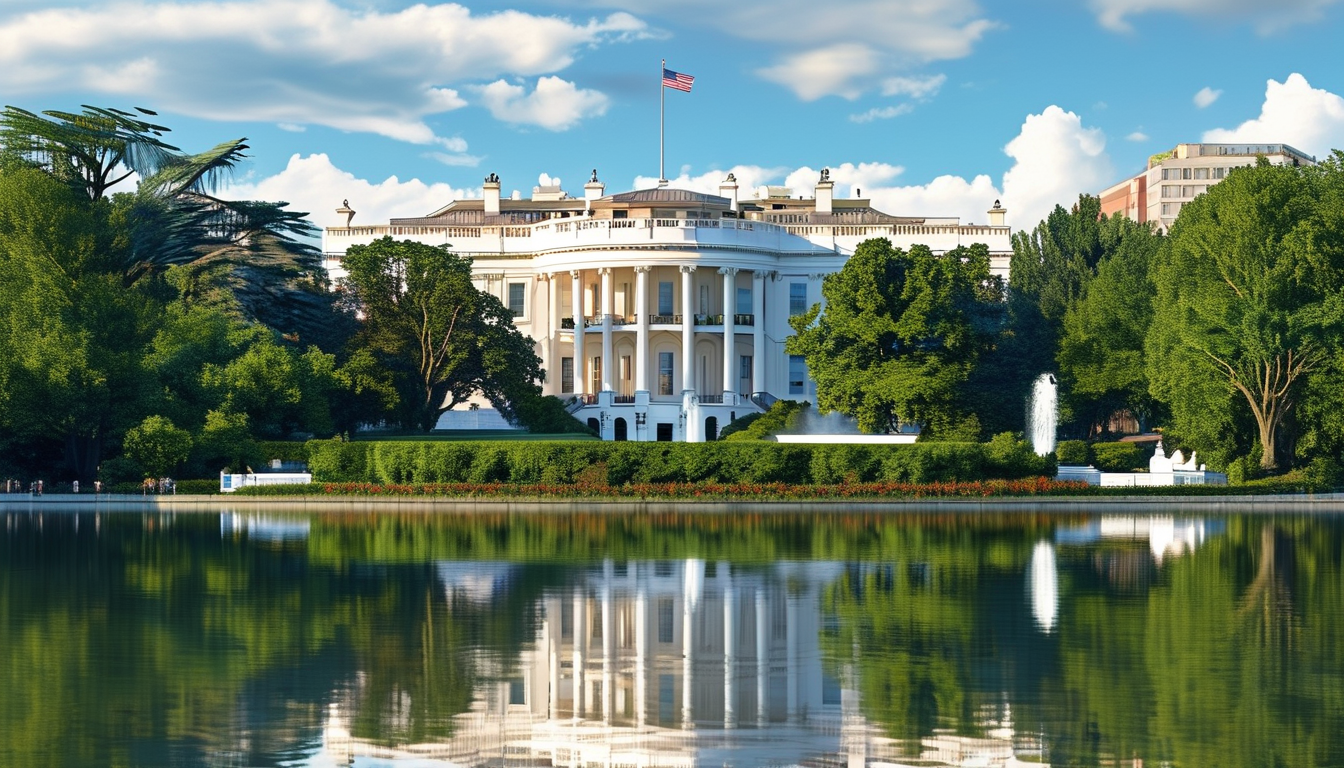The nation’s largest anti-hunger program is now running on borrowed time. As the government shutdown stretches on, the White House says Supplemental Nutrition Assistance Program benefits will be partially funded, a temporary hedge against a looming food cliff for tens of millions of households. It’s a tactical fix, not a solution — a patch that holds only as long as the available balances endure and agencies can legally move money, according to a report from PBS NewsHour citing administration officials.
Behind the announcement sits a thicket of budget rules and political brinkmanship. SNAP is administered by the U.S. Department of Agriculture’s Food and Nutrition Service, which can lean on limited carryover and contingency funds to keep EBT cards loaded, but those reserves are finite and tightly governed by the Antideficiency Act and Office of Management and Budget apportionment decisions. The White House’s characterization of “partial” support signals that states and retailers should expect benefits to continue in the near term but not indefinitely, pending congressional action to restore full funding, according to PBS NewsHour’s account of the administration’s plan.
The stakes are enormous. USDA data show roughly 42 million people receive SNAP, a lifeline that moves billions of dollars monthly through local grocery stores, corner markets, and farmers markets. Governors and state human services directors have been bracing for disruptions, warning that even brief lapses can cascade: families scramble, food banks see surges, and retailers face EBT processing uncertainty that can chill inventories. Feeding America and other anti-hunger groups have repeatedly cautioned that charity cannot backstop a federal lapse for long, underscoring that predictable benefits are as essential as the dollar amounts themselves.
We have been here before, and the record is sobering. During the 2018–2019 shutdown, USDA cobbled together an early issuance to bridge one month, a maneuver that created confusion and uneven spending as households front-loaded purchases and then went weeks without support, according to agency guidance and contemporaneous watchdog reviews. If today’s “partial funding” relies on similarly narrow authorities, the risk is déjà vu — a burst of short-term stability followed by a cliff if Congress does not reopen the government. That would leave states to juggle administrative costs, retailers to guess at cash flow, and families to ration groceries while politicians trade blame.
The political message is unmistakable. By announcing a stopgap, the White House is trying to defuse immediate harm while increasing pressure on Congress to pass appropriations. But the move also exposes a structural vulnerability: programs designed to be automatic stabilizers — SNAP expands when the economy weakens and contracts as conditions improve — are still hostage to shutdown mechanics. The longer lawmakers treat routine funding as a venue for leverage, the more essential services become bargaining chips. For the households whose monthly budgets hinge on consistent EBT deposits, “partial” means uncertainty at the checkout line.
Accountability here is not abstract. Congress writes the checks, OMB apportions them, USDA executes, and governors and grocers make the system work on the ground. According to PBS NewsHour’s reporting, administration officials are buying time, not changing the math. If lawmakers resolve the stalemate quickly, most recipients may never feel the tremor. If they do not, the patchwork will fray in predictable places — states with thin reserves, stores with tight margins, and families already on the edge. A government worthy of its promise should not ask them to guess which week the safety net will hold.












Leave a Reply